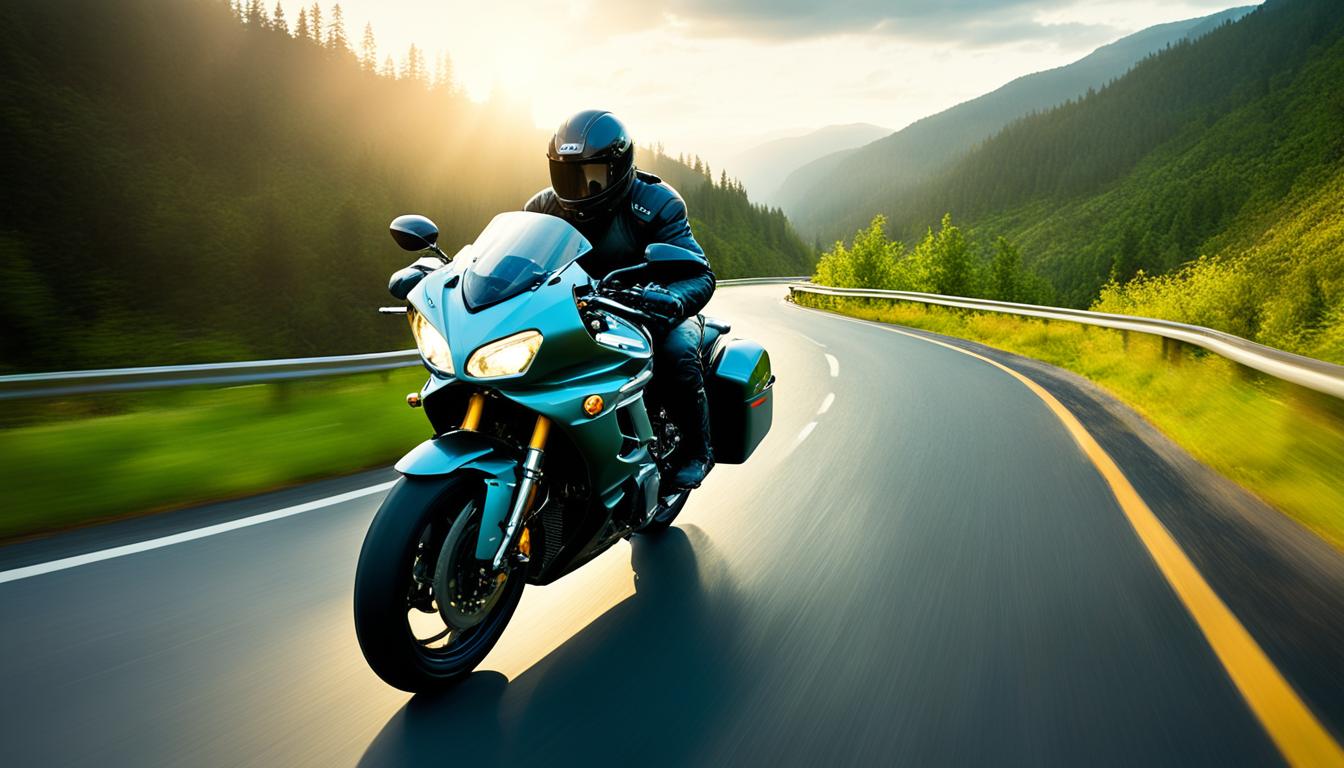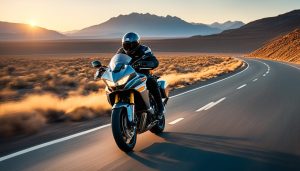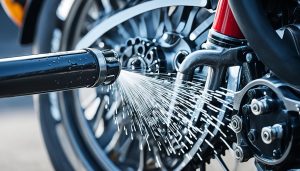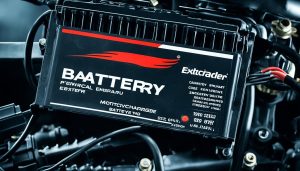Welcome to our informative guide on motorcycle travel and fuel efficiency! If you’re an avid rider, you’ve probably wondered how far your motorcycle can go on a single tank of gas. Whether you’re planning a long-distance road trip or simply want to maximize your fuel savings, understanding your motorcycle’s gas mileage is crucial.
In this article, we will explore various factors that affect fuel efficiency and determine the range you can expect from your motorcycle. From the type of motorcycle and engine size to your riding style and road conditions, we’ll cover it all. By the end of this guide, you’ll have the knowledge to optimize your motorcycle’s fuel efficiency and embark on extended journeys without the fear of running out of gas.
Now, let’s dive into the factors that play a significant role in your motorcycle’s gas mileage. By understanding these variables, you can make informed decisions to enhance your riding experience and cover more distance on a tank of gas.
Factors Affecting Motorcycle Gas Mileage
When it comes to motorcycle gas mileage, there are several key factors that can significantly impact fuel consumption. By understanding these variables, you can optimize your motorcycle’s fuel efficiency and get the most out of every drop of fuel.
1. Engine Size and Type
The engine size and type of your motorcycle play a crucial role in determining its gas mileage. Generally, smaller engines consume less fuel compared to larger ones. Additionally, fuel injection systems tend to be more efficient than carbureted engines, as they deliver fuel in a precise and controlled manner.
2. Weight and Aerodynamics
The weight of your motorcycle and its aerodynamics also affect fuel consumption. Heavier motorcycles require more energy to move, resulting in higher fuel consumption. Ensuring your motorcycle is properly streamlined and reducing wind resistance can help improve gas mileage.
3. Maintenance Practices
Maintaining your motorcycle in optimal condition is essential for fuel efficiency. Regular tune-ups, including spark plug replacement, air filter cleaning, and oil changes, can help ensure your engine runs smoothly and efficiently. Additionally, keeping your tire pressure at the recommended levels can reduce rolling resistance and improve gas mileage.
4. Riding Conditions
Riding conditions, such as traffic congestion, road surface, and elevation changes, can also impact fuel consumption. Stop-and-go traffic or riding in heavy traffic can reduce gas mileage due to frequent acceleration and deceleration. Similarly, riding on hilly or mountainous terrains may result in increased fuel consumption.
By taking into account these various factors affecting motorcycle gas mileage, you can make informed choices to enhance fuel efficiency and extend your riding range. Implementing proper maintenance practices, optimizing your motorcycle’s weight and aerodynamics, and being mindful of riding conditions can help you cover more distance on a single tank of gas.
Tips for Maximizing Motorcycle Travel on a Single Tank of Gas
When it comes to long-distance riding, maximizing your motorcycle travel on a single tank of gas is essential. By employing a few fuel-saving techniques and practicing efficient riding strategies, you can go the extra mile and enjoy extended adventures without worrying about running out of fuel.
One of the key fuel-saving techniques is to understand proper gear usage. Shifting to higher gears at the right time helps minimize engine strain and maximizes fuel efficiency. Additionally, maintaining a steady speed on open roads can significantly reduce fuel consumption and increase your overall mileage.
Reducing drag is another crucial factor in efficient riding. By tucking in your body and keeping a streamlined posture, you can minimize wind resistance and improve fuel economy. Planning efficient routes with fewer traffic congestions can also help you save fuel and time during your long-distance rides.
Regular maintenance plays a vital role in maximizing fuel efficiency. Keeping your tires properly inflated not only ensures safety but also reduces rolling resistance, allowing for smoother and more efficient rides. Tuning your engine and reducing unnecessary weight by removing any unnecessary accessories or luggage further enhance your motorcycle’s fuel-saving capabilities.
By implementing these tips for efficient riding and fuel-saving techniques, you can maximize your motorcycle travel experience on a single tank of gas. These practices not only provide economic benefits but also allow you to enjoy the freedom of long-distance riding adventures without constantly worrying about refueling.




